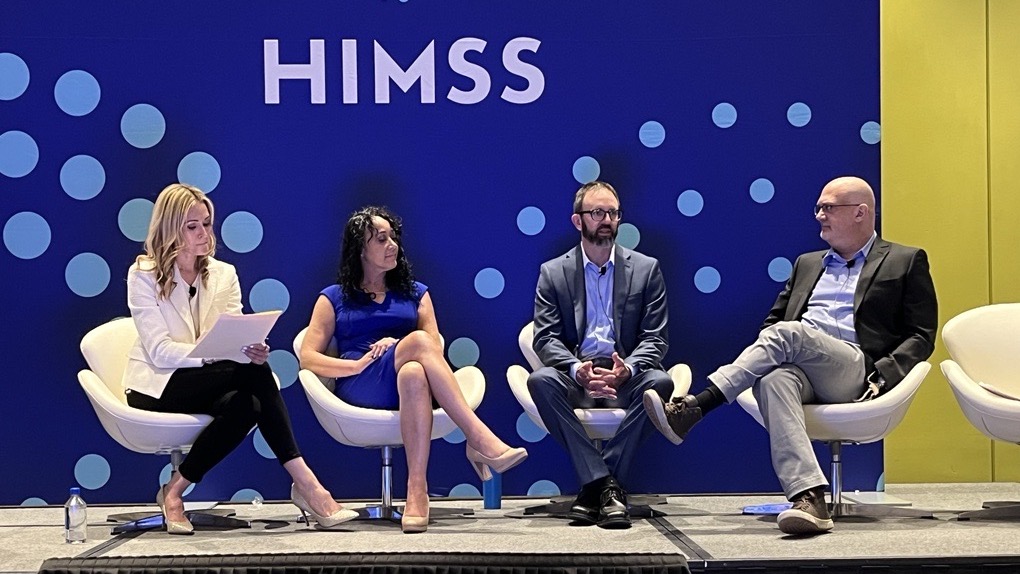
CHICAGO — Provider burnout and overwork is a hot topic in the wake of the COVID-19 pandemic. But patients often struggle to navigate their own care in the complex and fragmented U.S. healthcare system.
At HIMSS233, Grace Cordovano, patient advocate and CEO of Enlightening Results, called patient burnout a “silent public health crisis.”
“I can assure you that the manual outdated workflows, the paper on clipboards, the fax machines, the scanners, the CDs, the phone calls, and trying to navigate the menus that have 10 different variations only to land in a voicemail box that’s never returned, to be put on hold for 45 minutes, two hours, three hours, to get a call back when you can’t talk because you don’t have privacy in your workspace,” she said. “All of these things are barriers to care that the people that you serve need.”
Bradley Schwartz, founder of Greater National Advocates, said providers need to realize many patients aren’t able to advocate for themselves or make use of the information they’re being given.
“If we can acknowledge that when you become a patient, you lose power, you are freaked out, your head is spinning. And when you’re sitting there nodding and nodding, that doesn’t mean you understand,” he said.
But patients now have access to more information about their health and care. That makes communication and relationships even more important, said Christine Von Raesfeld, founder and CEO of People with Empathy
“Most of the information that is valuable, that is correct, is behind paywalls. So as patients, what we’re getting at is the breakdown, the free version from whoever we trust to give that information to us,” she said.
Encouraging patients to access their health records and check them for accuracy is key. But records are often filled with medical jargon, said Greg O’Neill, director of patient and family health education at Wilmington, Del.-based ChristianaCare.
“I don’t know if you’ve ever looked at an entire patient chart from an extended medical stay: reams and reams and reams and reams of data. […] We have a plethora of data, you bet,” he said. “How much of it is accurate? How much of it is understandable to the average person? We have a lot of work to do in that space. We need to really prioritize information and present what is important to people as they’re trying to manage their health.”
Rebecca Stametz will offer more detail in the HIMSS23 session “Geisinger’s Journey with Digital Whiteboards: Measuring the Impact.” It is scheduled for Thursday, April 20, at 10:15 a.m. – 10:35 a.m. CT at the North Building, Level 3, Hall B, Booth 8300-8313, Patient Engagement 365.

